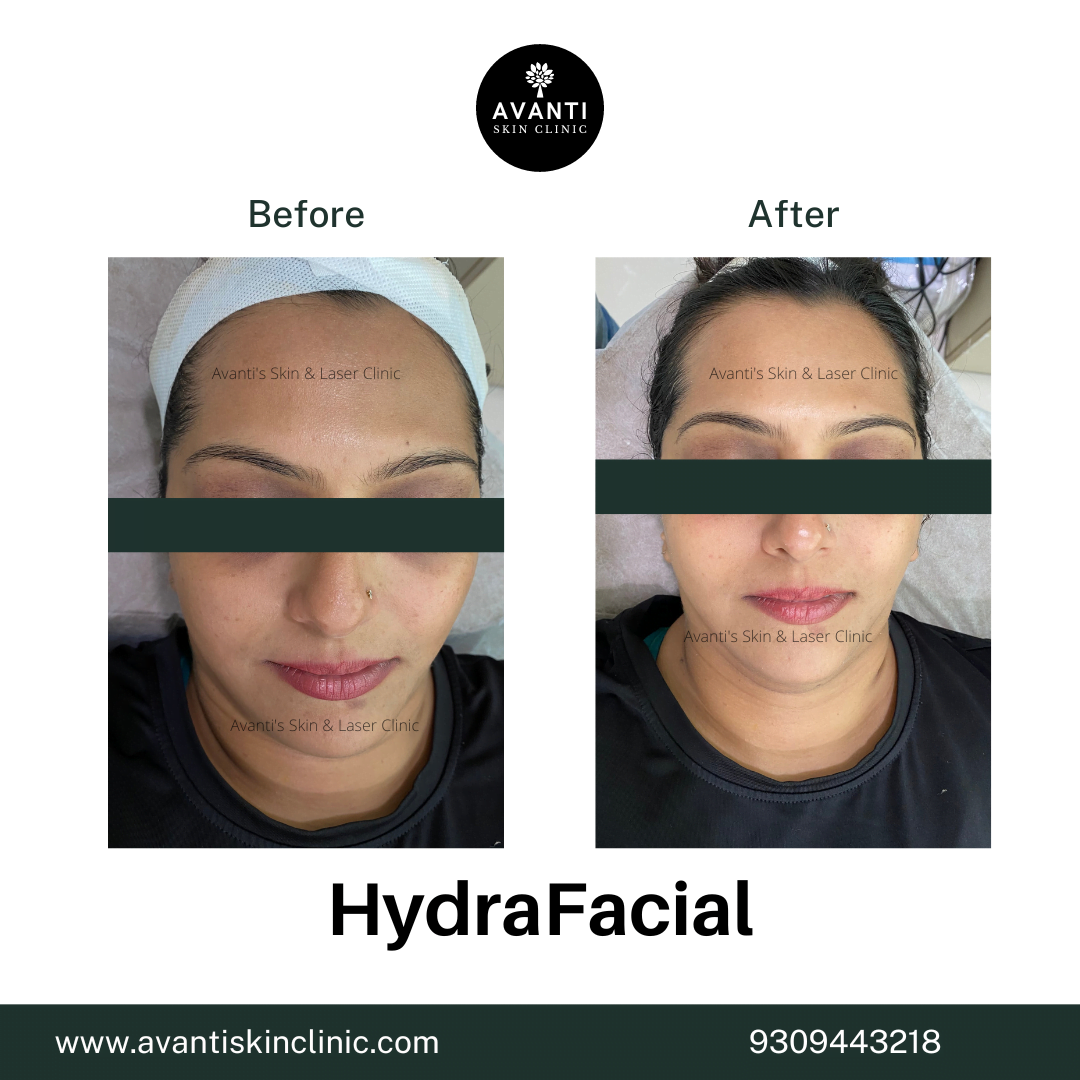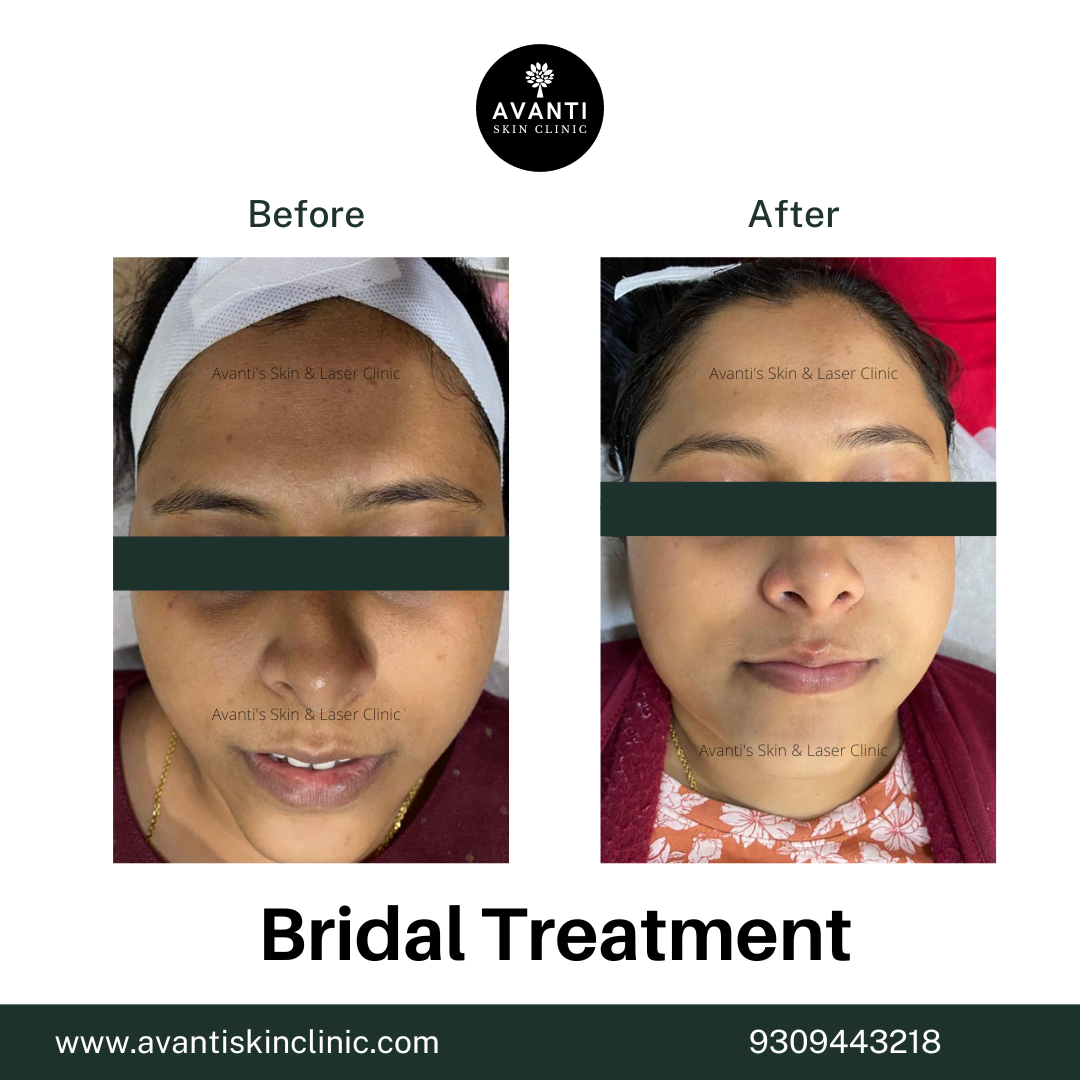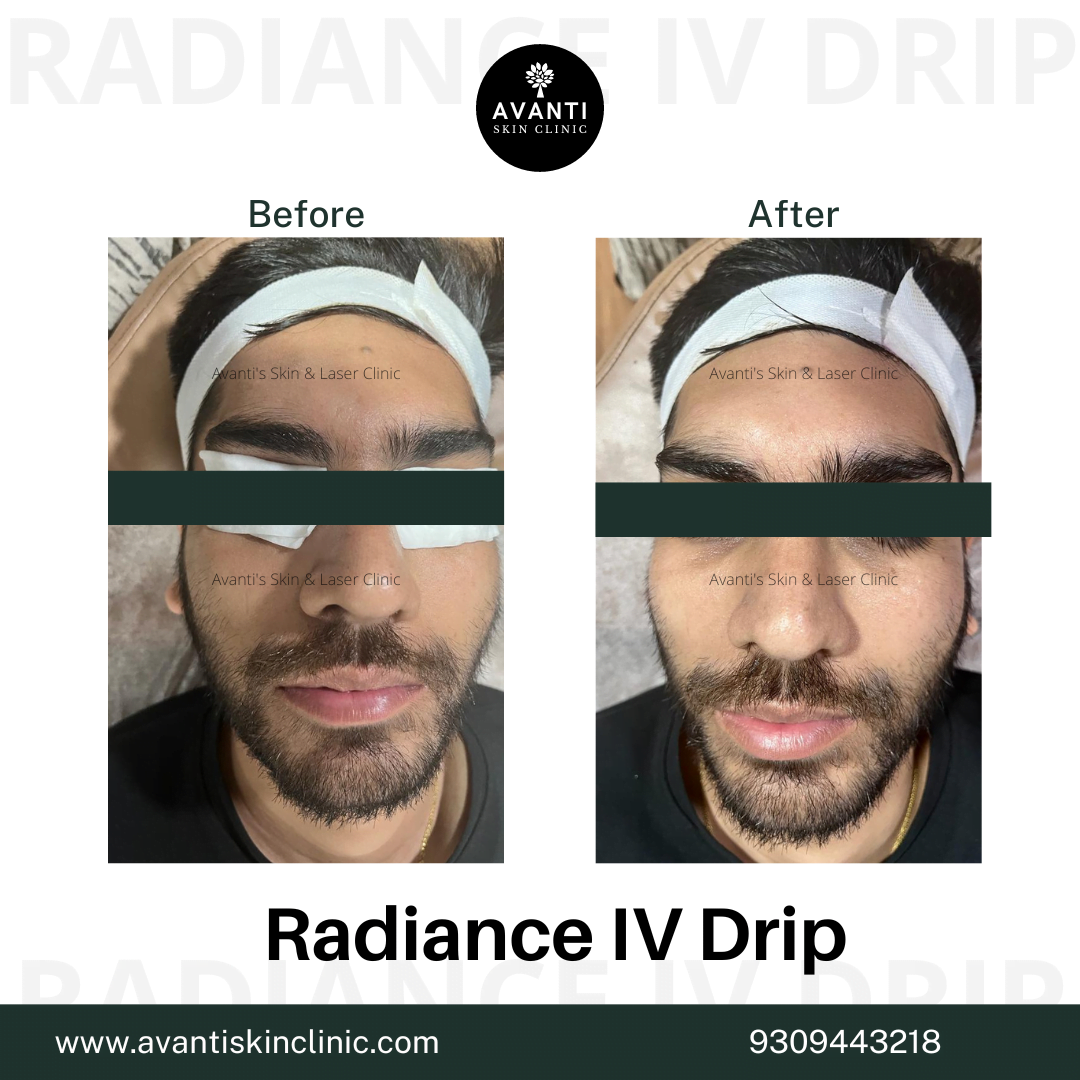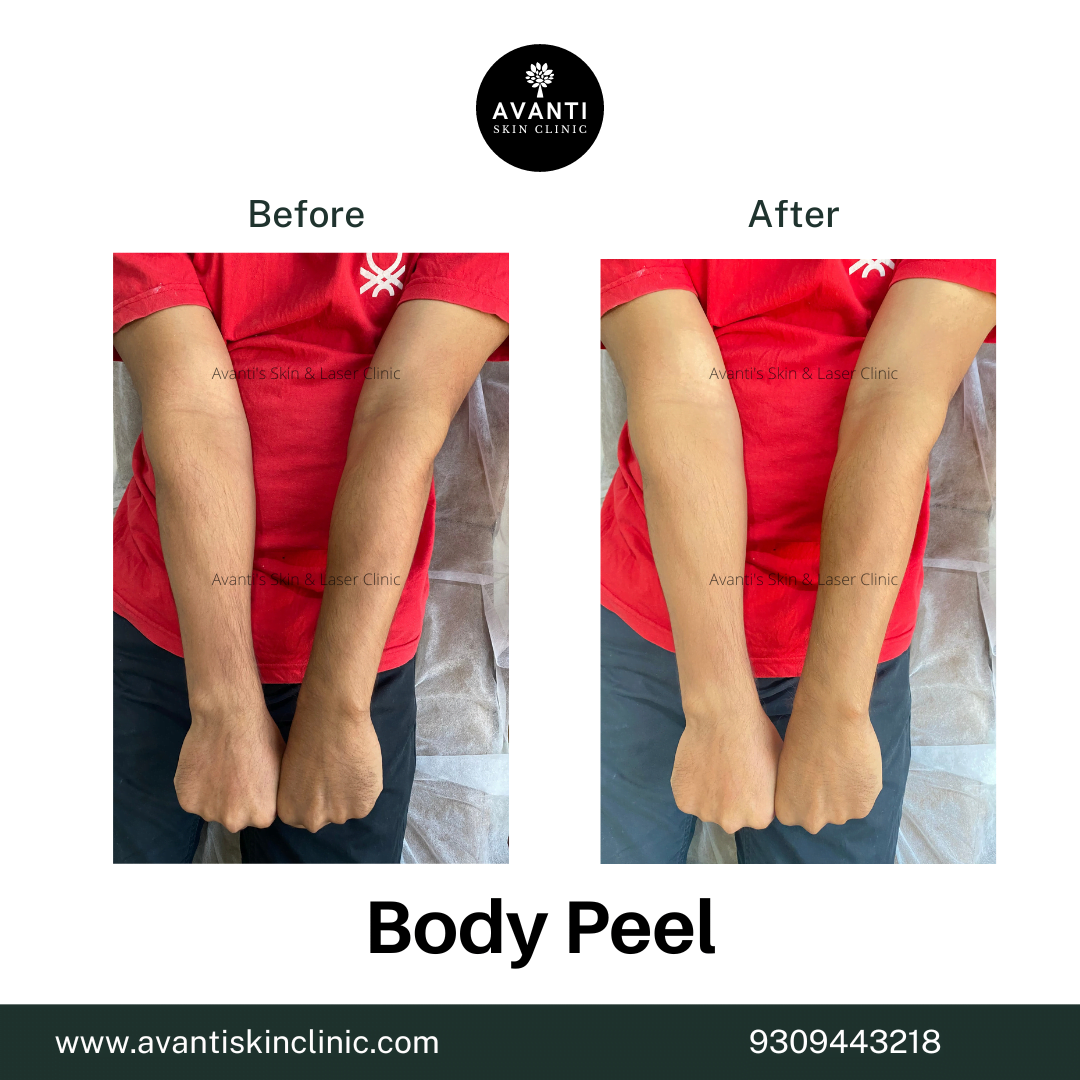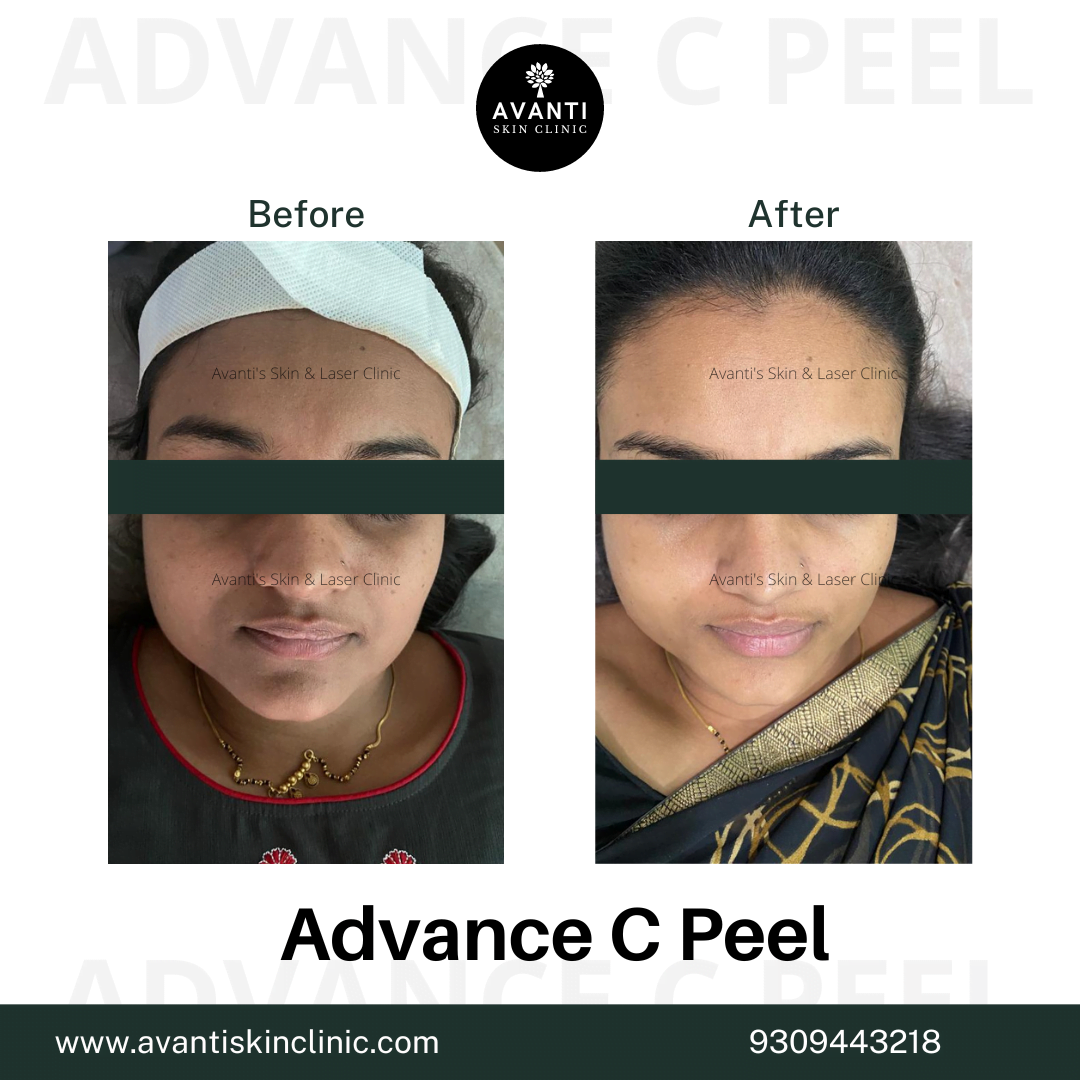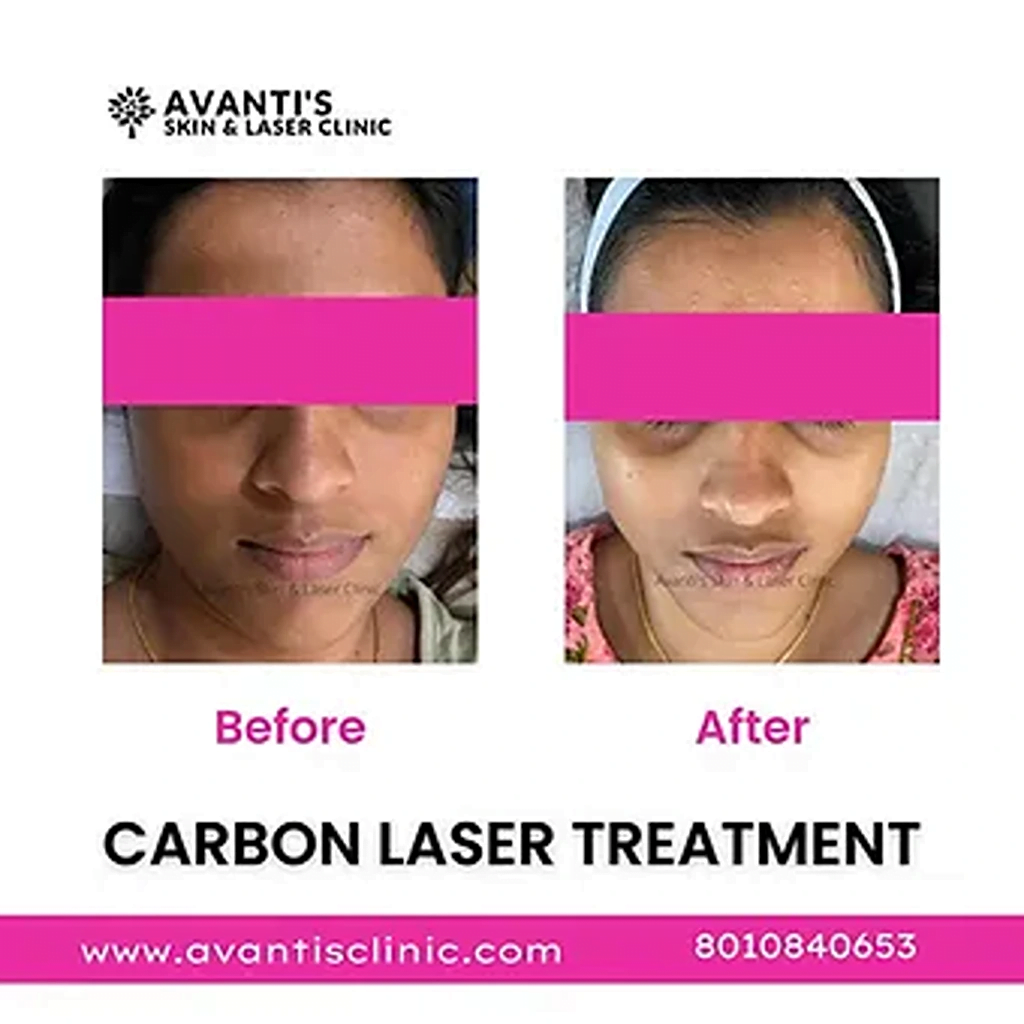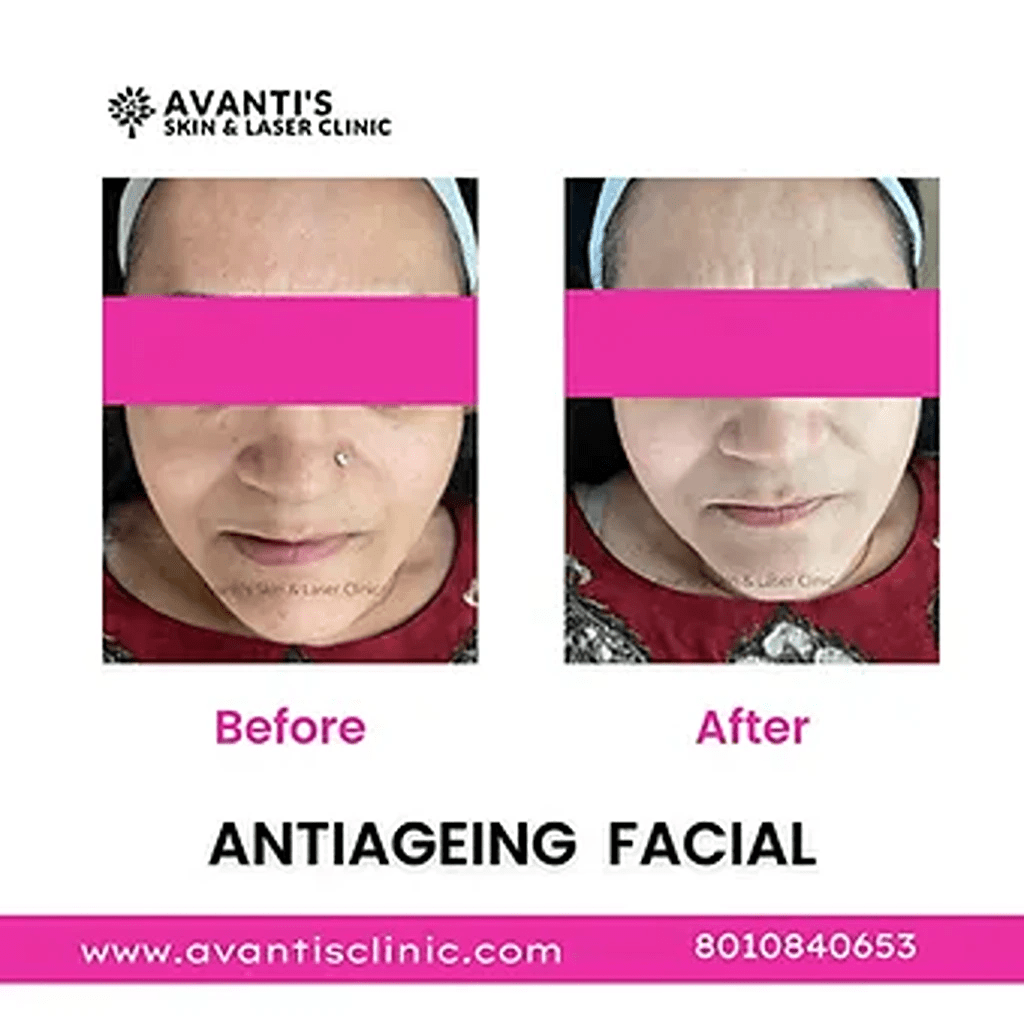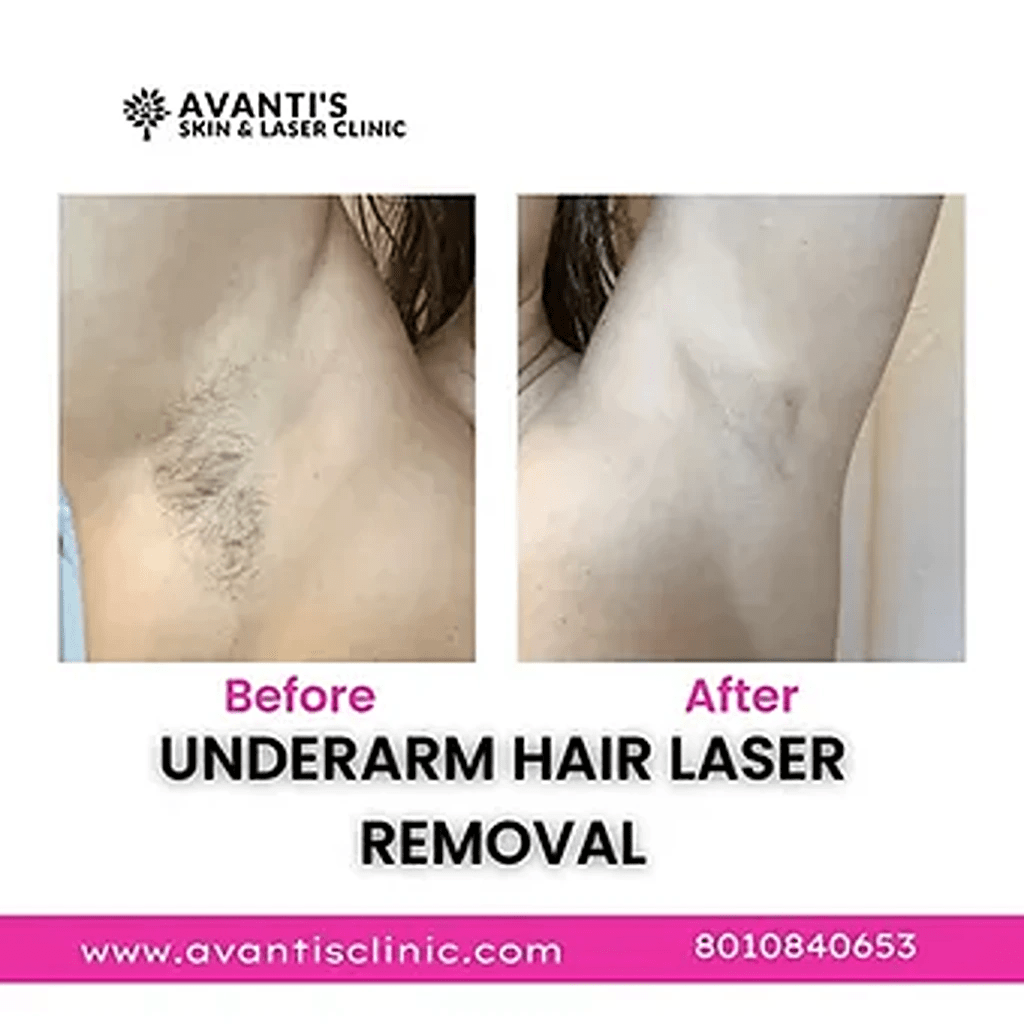Fading Scars, One Peel at a Time: Can Chemical Peels Help?
Scars on the face—whether from acne, injury, or pigmentation—can be more than just skin-deep. For many people in India, they impact confidence, daily routines, and even makeup choices. While home remedies and over-the-counter creams offer limited results, chemical peels for scars have emerged as a dermatologist-recommended treatment to visibly improve skin texture and clarity.
But does chemical peel remove scars completely? Are there different types for deep scars, and what’s the best chemical peel for scars suited for Indian skin? This blog answers all these questions and more, helping you decide if a chemical peel for scars on face is the right step for you.
Why are chemical peels worth it?
By removing the outer layer of old skin with a chemical solution, chemical peels improve the appearance of mild scarring. It is typically replaced by new skin that is smoother and less asymmetrical.
Why choose on face chemical peel for scars?
Chemical peels are a reasonably priced way to make scars look better. Patients with light hair and fair skin are better suited for the surgery.
Things you should be aware of before going in for a chemical peel
One or more chemical solutions are administered after the skin has been cleaned. By creating a controlled wound, these treatments allow for the growth of new, regenerated skin. The majority of patients first feel a burning sensation that lasts for five to ten minutes, after which they start to sting. This stinging might be lessened by applying cool compresses. Painkillers may be necessary during or after a deeper peel.
Potential side effects
Like any treatment, there are hazards involved, but when a skilled ASDS dermatologist is involved, those risks are reduced. These consist of skin colour change, either temporary or permanent, especially for women on birth control pills who later get pregnant or who have a history of brownish facial discolouration.
How do you get ready for a chemical peel for scars?
Select a dermatologist or dermatologic surgeon who is knowledgeable about the skin and surgery. Depending on the skill of the individual performing the peel, results may vary. If done incorrectly, a chemical peel can leave lasting scars and cause infection.
Prior to a chemical peel, your physician will probably:
Examine your past medical records. Be ready to respond to inquiries on previous and present medical issues, drugs you are now taking or have recently taken, and any cosmetic procedures you have undergone.
Perform a physical examination. To find out what kind of peel you might benefit from the most and how your physical characteristics, such as the thickness and tone of your skin, might impact the outcome, your doctor will examine your skin and the area that will be treated.
Talk about what you expect. Discuss your goals, expectations, and any dangers with your physician. Make sure you know how long it will take for you to recuperate, how many treatments you might require, and what the possible outcomes are.
Evaluating the type of scars
To ensure that the treatment plan they choose is the best one, a professional skin care provider will examine your scar and inquire about how it occurred at your initial visit. They take into account these crucial elements:
Scar age
The way that new and old scars react to therapy varies. Your doctor can advise delaying treatment until a scar matures, or completes the production of collagen and heals completely, or remodels. This may take a few months for many scars, but it may take years for others. Treatment is more effective for certain scars, such as stretch marks, as soon as they appear.
Reason for scarring
Knowing whether your scar is the result of a burn, piercing, acne, mole removal, surgery, an illness like chickenpox, or a birthmark might help your doctor determine the best course of action.
Location of scar
Specific cosmetic procedures may be required for scars in highly visible regions, such as your hands or face.
Scar type
Different treatments are needed for keloids, stretch marks, atrophic scars (indented scars), hypertrophic scars (raised scars), and contractures (shrunken scar tissue).
If you have huge scars or scars that would be difficult to cure, your doctor might perform additional testing. They can examine the blood supply and scar depth with the use of imaging scans. The optimal course of treatment is determined by the results of these scans.
Erase the Past, Reveal Smoother Skin with Chemical Peels
Whether you’re dealing with post-acne marks or older trauma-induced scars, a chemical peel for scars can be your path to smoother, clearer skin. From mild discolouration to deep scars, the right peel—customised to your skin tone and condition—can dramatically reduce their visibility.
If you’re wondering whether chemical peel scar removal is right for you, consult with a dermatologist at a trusted skin clinic. With the right care and treatment plan, you can restore not just your skin’s texture but your confidence too.
Frequently Asked Questions
Chemical peels can significantly improve the appearance of scars—especially superficial and mild acne scars—by promoting collagen production and resurfacing the skin. While deep scars may not disappear completely, they can become far less noticeable over time with consistent treatment.
For Indian skin types, TCA (Trichloroacetic Acid), salicylic acid, and glycolic acid peels are often recommended. These peels reduce post-acne marks, pigmentation, and shallow scars without causing undue irritation or hyperpigmentation.
Yes, but deep scars often require medium to deep chemical peels or a combination of treatments (like microneedling with peels). Chemical peel for deep scars can improve skin texture and reduce scar depth, but complete removal may need multiple sessions or adjunct therapies.
Typically, a course of 4–6 sessions spaced 2–4 weeks apart is recommended for noticeable improvement. Your dermatologist will decide the frequency based on the type and severity of your scars.
Absolutely. When done by a qualified skin specialist, chemical peel for scars is safe for all Indian skin types. Choosing the right acid and concentration is key to avoiding side effects and achieving visible results.


